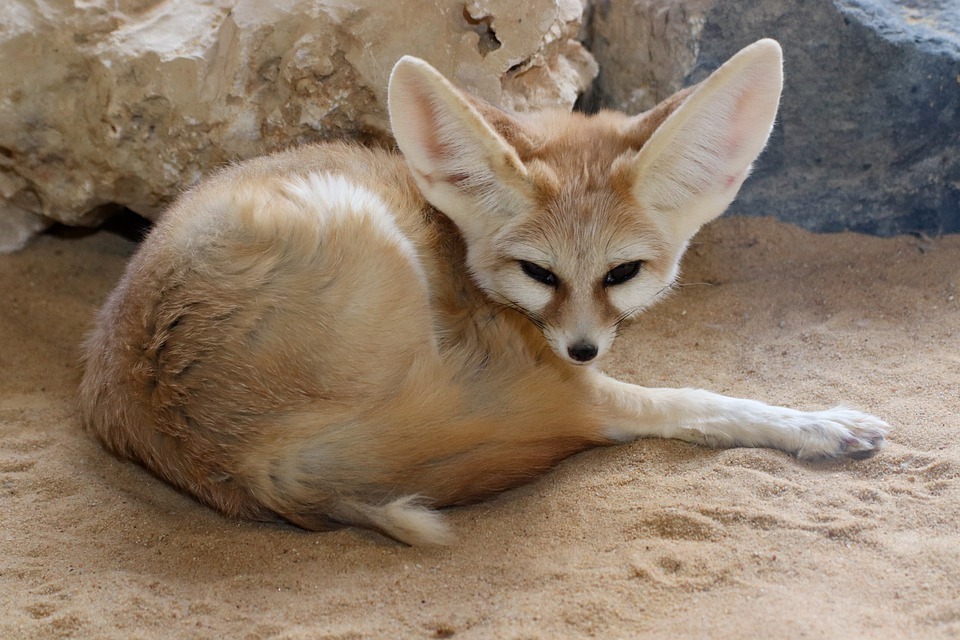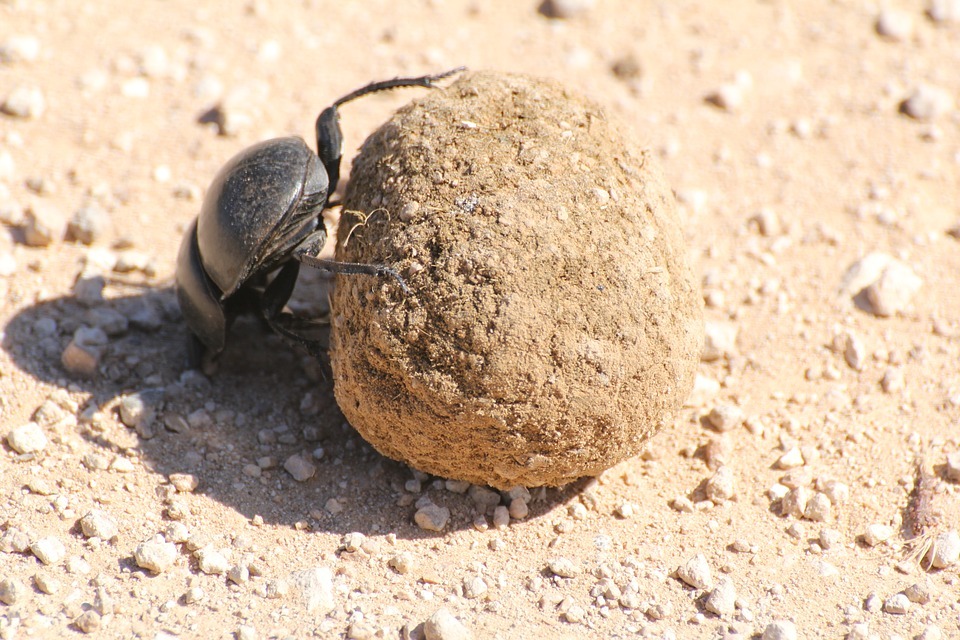Earth has various weather conditions, and some of them are harsher than the others. It’s astounding how animals thrive in some of the hottest places on Earth. While very high temperatures send humans running to turn on the air-conditioner, some animals flourish in the heat.
Here are the different animals that thrive in these harsh conditions.
Rüppell’s Fox
In 2005, the Lut Desert in Iran had a record-breaking temperature of 159.3 degrees Fahrenheit. It’s the single highest surface temperature recorded in the world, according to NASA. The Rüppell’s fox is the animal that could survive the heat. It survived Iran’s burning heat through conserving water. The foxes acquire water from eating their prey and then go hunting at night to remain cool, and not lose moisture.
This fox has a small body that helps dissipate the heat. It also saves energy as it has a low metabolic rate, and it does concentrate urination to shed less water.
Greater Bilby
In the badlands of Queensland, Australia, NASA-operated satellites have recorded in 2003 a temperature almost reaching 157 degrees Fahrenheit.
A marsupial, the greater bilby is a ground-dweller that handles the heat by going below the ground. It avoids the extreme heat by constructing a complex burrow system where it takes shelter. This burrow system can have a deepness of nearly 7 to 10 feet.
Night Parrot
The night parrot is a shy species from Australia that has also adapted to extreme heat. It was thought to be locally extinct not until 2013 when it was discovered in Queensland, Australia.
These birds’ nest in plants during the day and only go out at night. This is what helps them remain cool.
Fennec Foxes
The Sahara Desert in Africa, where the average temperature is around 104 degrees Fahrenheit, is where the Fennec Foxes dwell. They remain cool with their large ears by spreading out and cooling the blood filtered through the small capillaries located in the thin ear tissue before it circulates back in the body. Fennec foxes can also run over burning desert sand without feeling pain since the soles of their feet have thick fur that allows them to do it. These foxes are nocturnal which means they are most active during the night. Fennec foxes prey on small desert animals like lizards and beetles during the night.
Dung Beetles
Dung beetles mostly live in the African and Australian deserts. As their name suggests, this species of a beetle only eats the dung of larger animals. Gross as it might be, it’s actually great for this little animal to eat dung since it contains moisture from the gut of the animal that excreted it. It is hard to find any kind of moisture in the dry and hot desert, which is why instead of looking for watering holes, dung beetles have the larger animals do the work and then eat their dung. Without doing any heavy work, they get to make use of the water found by others.
Dung beetles also do hard work. They spend a lot of their time shaping the dung they gathered into perfect spheres, then they cross the desert to rolling them to their burrows. The bigger the dung ball, the longer the beetle lives since the dung provides the food and moisture the beetle needs to live.
Dung beetles are active when the desert temperatures are cooler. They burrow into the sand to escape from the scorching temperature and they also have glossy exoskeletons that reflect sunlight and prevent them from overheating.
Bactrian Camels
These famous desert animals have two humps. These humps store energy-rich fat, which helps the camels survive long treks in the desert. Camels are equipped to adapt to desert life. They have wide, tough feet that can withstand the scorching heat of desert sand. Camels also don’t sweat that often, which helps them conserve water.
Mexican Coyotes
Mexican coyotes live in the deserts of Mexico, Arizona, and California. These desert animals are small and usually weigh about 30 pounds.
Coyotes also use their large ears, just like the Fennec Foxes, to cool their bodies. What helps them adapt to the desert the most is their diet. Coyotes eat as much of anything they can whenever they can. Their diet includes eating insects, reptiles, small rodents, and plants like cactus flowers.
Sidewinder Snakes
Sidewinders snakes dwell in the southwestern U.S. and northwestern Mexican desert. As their name suggests, these snakes slither diagonally instead of slithering side to side in a straight line. Their movement allows quick movements with good traction even on loose and shifting desert sand. Sidewinders are predators that prey on small desert animals like rodents and small reptiles. Sidewinders transition to having a nocturnal sleeping habit during the months when the temperatures are high. They are active in the day during the cooler months of the year.


